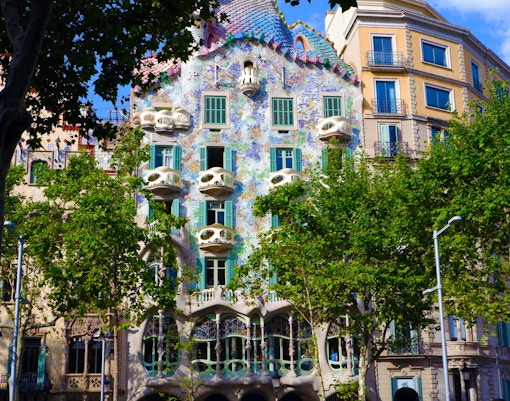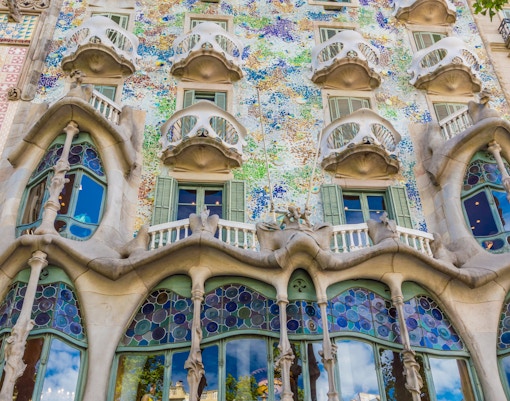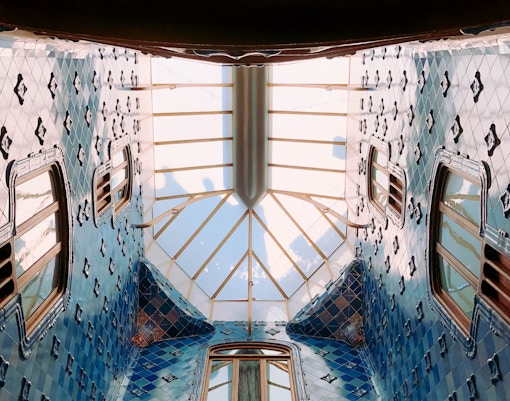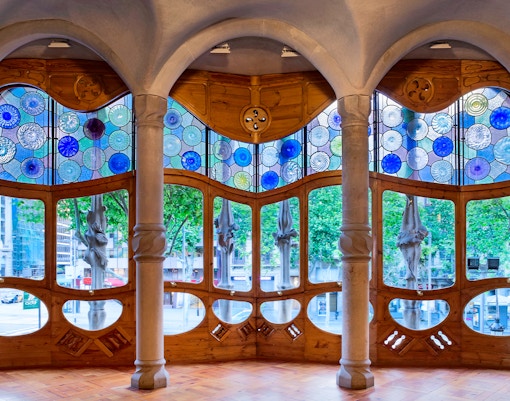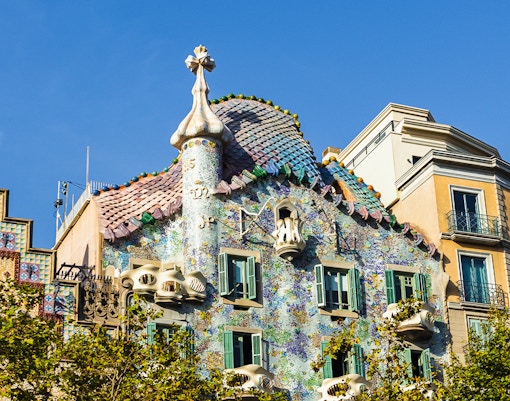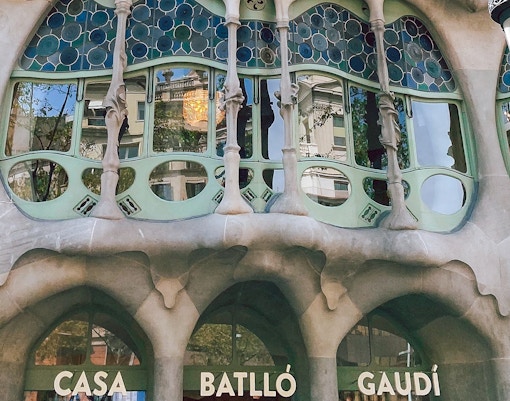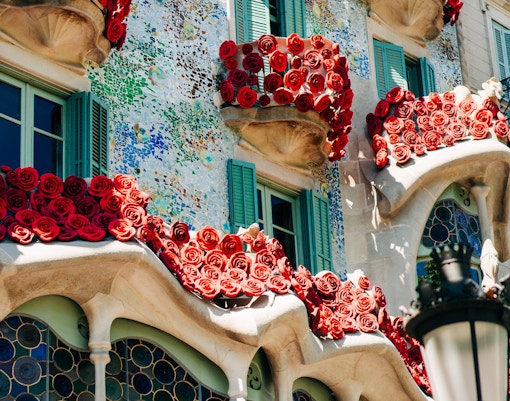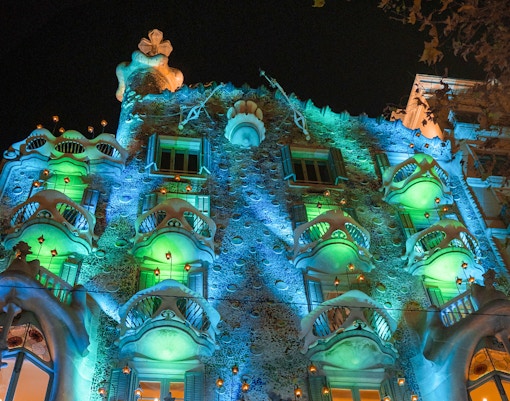Antoni Gaudi was a visionary. He gave Casa Batllo a nature-inspired design at a time when it wasn’t a thing. The organic curves of the facade resemble waves, while the vibrant colors of the mosaic tiles are inspired by marine life. Gaudi’s deep connection with nature is evident throughout Casa Batllo, making it a unique attraction.

